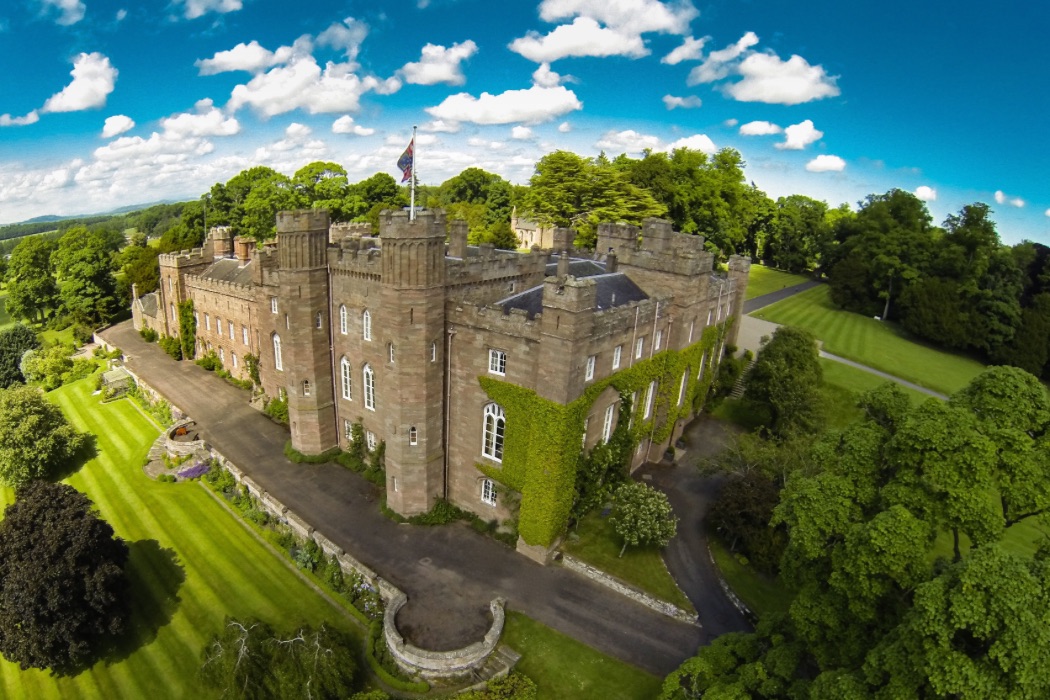Be Inspired Perthshire: Castles
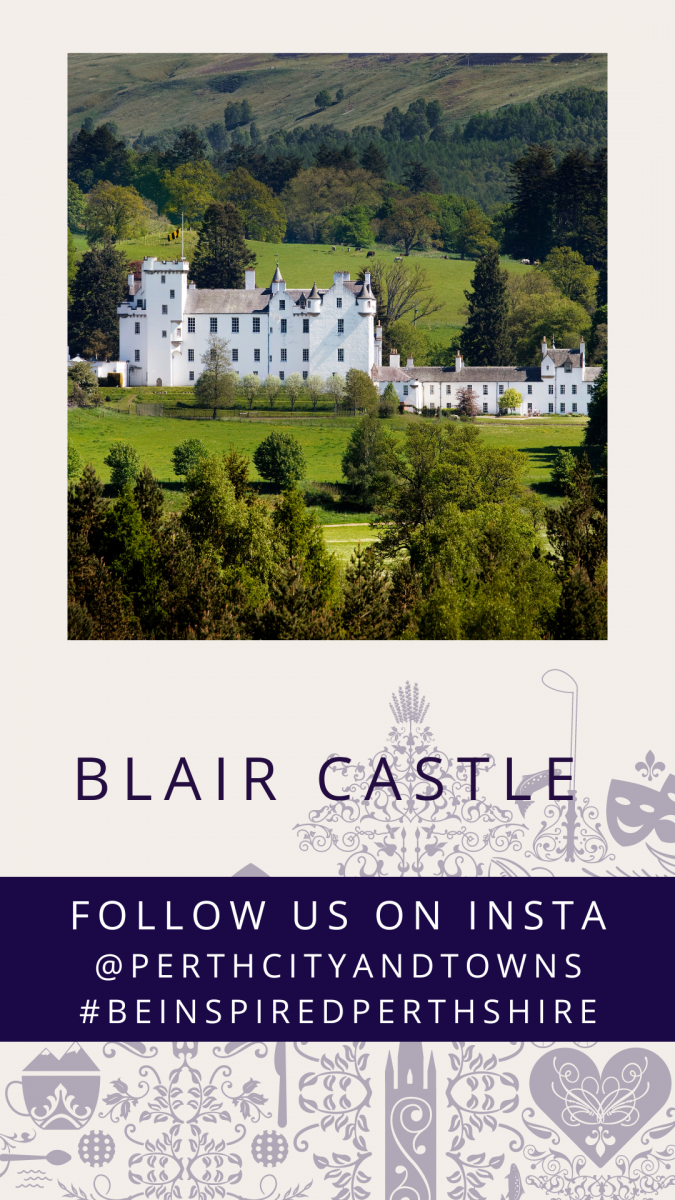 Think of Scotland and you’ll no doubt bring to mind romantic images of spectacular castles set into wild landscapes of years gone by. Or perhaps you envision the bloodied battle scenes of history, played out against the backdrop of stately homes and majestic ruins.
Think of Scotland and you’ll no doubt bring to mind romantic images of spectacular castles set into wild landscapes of years gone by. Or perhaps you envision the bloodied battle scenes of history, played out against the backdrop of stately homes and majestic ruins.
Today, many of these castles have been transformed into popular visitor attractions and here in Perthshire they range from Scone Palace, the crowning place of Scottish Kings, to the remains of Huntingtower Castle and the famed leap of the green lady.
Perth and surrounding area
Balhousie Castle
Perth
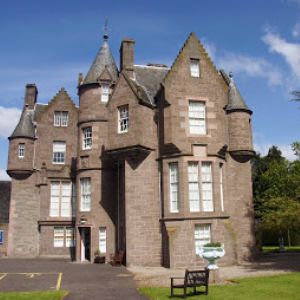 Balhousie Castle is home to the Black Watch Museum and tells the story of Scotland’s elite military regiment. The castle dates back to 1631, though its origins are believed to go back a further 300 years.
Balhousie Castle is home to the Black Watch Museum and tells the story of Scotland’s elite military regiment. The castle dates back to 1631, though its origins are believed to go back a further 300 years.
The castle is situated within a walled enclosure overlooking the stunning North Inch in Perth. It’s a peaceful setting just a few hundred metres from the bustling city centre, with free parking for those entering the castle.
There are daily guided tours which allow visitors to learn more about the famous regiment and gain an appreciation for the sacrifice made by those in the armed forces. Keen to be recognised as a family destination, there are regular family days out, trails and activities to keep the little ones entertained!
Aside from tours and exhibits, there is also the fantastic, award-winning Copper Beech Café, where you can stop for a coffee or a bite to eat.
There is an extensive children’s menu on offer, so you can be sure the kids will be well fed!
Make sure you stop off at the Museum Shop too, and pick up a memento from your day at Balhousie Castle!
For a fun and educational insight into Scotland’s prestigious military history, Balhousie Castle is a must-see in our city.
More info | www.theblackwatch.co.uk
Scone Palace
Scone, Perth
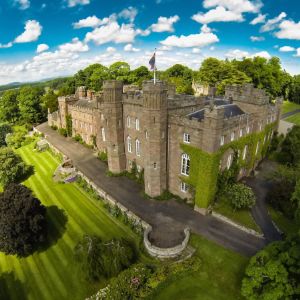 The crowning place of Scotland’s Kings – Scone Palace is one of Perthshire’s most historic attractions.Explore the beautiful woodlands and gardens that surround the Palace, and take a stroll through the many different rooms which bear great significance in the history of the country.
The crowning place of Scotland’s Kings – Scone Palace is one of Perthshire’s most historic attractions.Explore the beautiful woodlands and gardens that surround the Palace, and take a stroll through the many different rooms which bear great significance in the history of the country.
Macbeth, Robert the Bruce and Charles ll are three famous Scottish Kings that were crowned at Scone Palace. You can see where they were crowned, and gaze upon where the Stone of Destiny once stood. Take a wander down the Long Galley, where King Charles II strode to his coronation in 1661.
You will join a list of famous historical figures who visited the Palace. During the Jacobite rebellions, the ‘Old Pretender’ spent three weeks at Scone and his son, Bonnie Prince Charlie, visited in 1745 too. Slightly more recently, Queen Victoria stopped over at the Palace on her way to the Scottish Highlands in 1842.You can browse the state rooms where she stayed, and stand in the very bedroom in which Victoria slept.
The Palace is a treasury of furniture and if you like the finer things you will love the displays of furniture, paintings, porcelain and other objets d’art. You can view some of the amazing needlework completed by Mary Queen of Scots, while imprisoned at Loch Leven Castle.
There are fantastic audio-visual exhibits, gift shop and a restaurant ( a scone in Scone Palace anyone?) and it is surrounded by beautiful gardens and peaceful woodlands. Perfect for a picnic or a stroll in the sun.Keep you eyes peeled for the Scone Palace peacocks roaming the grounds.
Also there’s the fantastic adventure playground for kids, and the Murray Star Maze (a unique ‘tartan’ maze of 2,000 beech trees half green, half copper, designed by the world-famous Adrian Fisher).
More info | www.scone-palace.co.uk
Elcho Castle
Rhynd,Perth
 Elcho Castle is closed between 01 October and March 31. Please check the Historic Environment Scotland website for updates.
Elcho Castle is closed between 01 October and March 31. Please check the Historic Environment Scotland website for updates.
A castle with immense beauty on the banks of the River Tay, Elcho Castle is a complete 16th century fortified mansion.
Though Elcho Castle may not be as well-known as some other Castles, it is a castle that you can really explore. It was used as a fine country retreat for the wealthy Wemyss family, but by the mid-1700s Elcho was no longer used as a noble residence.
Little is known of its uses in the 18th and 19th centuries, although it was re-roofed in the 1800s. Remarkably though, the castle remains in very good repair and the Wemyss family entrusted it into state care in 1930 and today is managed by Historic Environment Scotland.
Climb the grand staircase, clamber up the service stair, take a wander down to the kitchen and step out onto the high battlements and admire the jaw-dropping views of the surrounding countryside.
Make sure you have a look out for the unmistakeable sight of the gun holes at ground level. There’s an orchard on the grounds that has been replanted in more recent years and there you will find traditional varieties of apple, pear and plum. It’s also a haven for butterflies and other wildlife including pipistrelle bats, brown long-eared bats, barn owls and grey squirrels.
More info | www.historicenvironment.scot
Huntingtower Castle
Huntingtower, Perth

Based just a few miles outside of the city centre, Huntingtower Castle is steeped in history. It was visited by Mary Queen of Scots during a rebellion and used as a prison for her son James VI who was held captive here, and it is reputedly haunted by the green lady!
Huntingtower Castle has a unique layout with two closely placed tower houses – built around the late 15 th to early 16 th centuries – making up this imposing attraction.
Mary Queen of Scots and her husband Lord Darnley stayed here while on their honeymoon. Although the castle proved to be a sanctuary for Mary, the same could not be said about her son,James VI.
The castle belonged to the Ruthven family and they held King James VI captive here for 10 months in what is known as the ‘Raid of Ruthven’.
Eventually, King James escaped and although he forgave his captors, a second plot to overthrow him resulted in him being less merciful. He abolished the Ruthven family and stripped any descendants of their rights to title and land, with the Castle being renamed from The Place of Ruthven to Huntingtower - the name it holds today.
Inside, you will find a delicately painted ceiling dating back to the 1540s. Can you uncover the secret hiding place used for Ruthven treasures? A cupboard, within a cupboard, hidden behind a stone – very secretive indeed!
The castle is also said to be haunted by Lady Greensleeves who was the daughter of the 1st Earl of Gowrie. Legend has it that she was in love with one of the castle’s servants and that the pair used to meet in the eastern tower, which was where the servants were housed.
Many say the pair eloped, others claim she fell to her death in the lovers leap between the two towers – there are no records in existence to find out what actually happened to them but there have been several sightings at the castle of a tall, young woman in a green, silk dress.
Nowadays, the castle is in the care of Historic Environment Scotland and is open all year round.There is ramped access into two ground floor rooms but access to upper levels is not suitable for less mobile visitors.
More info | www.historicenvironment.scot
Highland and North Perthshire
Blair Castle
Blair Atholl
 The ancestral home to Clan Murray and home to Europe’s last remaining private army, the Atholl Highlanders – Blair Castle’s imposing architecture is nestled into the scenic surroundings of Highland Perthshire.
The ancestral home to Clan Murray and home to Europe’s last remaining private army, the Atholl Highlanders – Blair Castle’s imposing architecture is nestled into the scenic surroundings of Highland Perthshire.
The castle is said to have been started in 1269 and famously played a crucial role in the Jacobite rebellion, changing hands between the Jacobites and government forces during the conflict that claimed the Jacobite leader.
In 1844, Queen Victoria and Prince Albert visited the castle and it was then that the Queen gave permission for the establishment of the Atholl Highlanders – Europe’s last remaining private army.
It has been open to the public since 1936, and today, there are more than 30 rooms on display full of fascinating features. They include collections of weapons from the Battle of Culloden, hunting trophies, souvenirs of the Murray clan and more than 175 pairs of antlers. Make sure you explore the Victorian Ballroom and the great Entrance Hall.
The castle is also renowned for its nine-acre Walled Garden – which was recently restored to its original Georgian design featuring 18th century sculptures and the ruins of St. Brides Kirk, the final resting place of Jacobite leader Bonnie Dundee.
The stunning gardens look out to the spectacular Highland Perthshire surroundings and feature a wide range of plant species and Scottish wildlife including a Grand Fir in Diana’s Grove which was declared as Britain’s second highest tree!
More info | www.blair-castle.co.uk
Castle Menzies
Aberfeldy
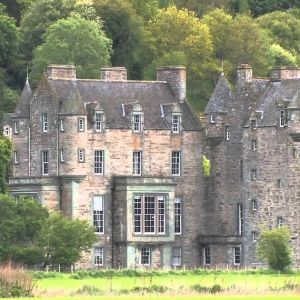 A visitor attraction, museum, clan centre, wedding and conference venue and more – Castle Menzies is a beautiful 16th century castle in Highland Perthshire.
A visitor attraction, museum, clan centre, wedding and conference venue and more – Castle Menzies is a beautiful 16th century castle in Highland Perthshire.
Restored from ruin in the 20th century, Castle Menzies is a great Renaissance example of the transition in Scottish castles, from earlier, rugged Highland fortresses to the mansion houses that came later.
The castle is less furnished than other Scottish castles, but as a result you will get a greater feeling of exactly what it was like all those centuries ago. Instead of plush carpets and furniture, you will find stone walls, shot holes, original timbers and other fascinating details which add to the castle's authenticity.
There is a Walled Garden in the castle grounds which sadly fell into decline when the castle was sold and the estate was broken up in 1914. Steeped in history, The Walled Garden was said to have initiated an interest in one of Clan Menzies’ most famous members – the 19th century botanist and explorer Archibald Menzies – whose works are now commemorated in an exhibition in the castle.
An interesting and unique castle in stunning Highland Perthshire, Castle Menzies is sure to leave a lasting impression on anyone interested in historic Scottish castles.
More info | www.castlemenzies.co.uk
Kinross and Loch Leven
Loch Leven Castle
Kinross
 The island castle where Mary Queen of Scots was imprisoned and forced to abdicate, is now in ruins, but the remains are protected and it is a fabulous way to spend an afternoon.
The island castle where Mary Queen of Scots was imprisoned and forced to abdicate, is now in ruins, but the remains are protected and it is a fabulous way to spend an afternoon.
Previously a guest in the castle (notable guests include John Knox and Robert the Bruce) Mary Queen of Scots’ host became her jailer in 1567, and it was during this period she was forced to abdicate in favour of her son James VI.
Eventually, Mary managed to escape the Castle and never again set foot in Scotland.
The tower house where Mary was held is one of Scotland’s oldest – built in the 14th century.
Today, you can cross the loch by boat – just like she did – roam the island and stand in the very tower in which she was held captive. The rugged beauty, whatever the weather, of Loch Leven and It's wildlife only enhances what the solitary experience of being held captive on the island must have felt like for Mary.
The castle, now in ruins, was placed in state care in 1939 and is protected as a ‘Scheduled Ancient Monument’.
It is managed by Historic Environment Scotland who operates the boat to the island and the tours of the castle.



